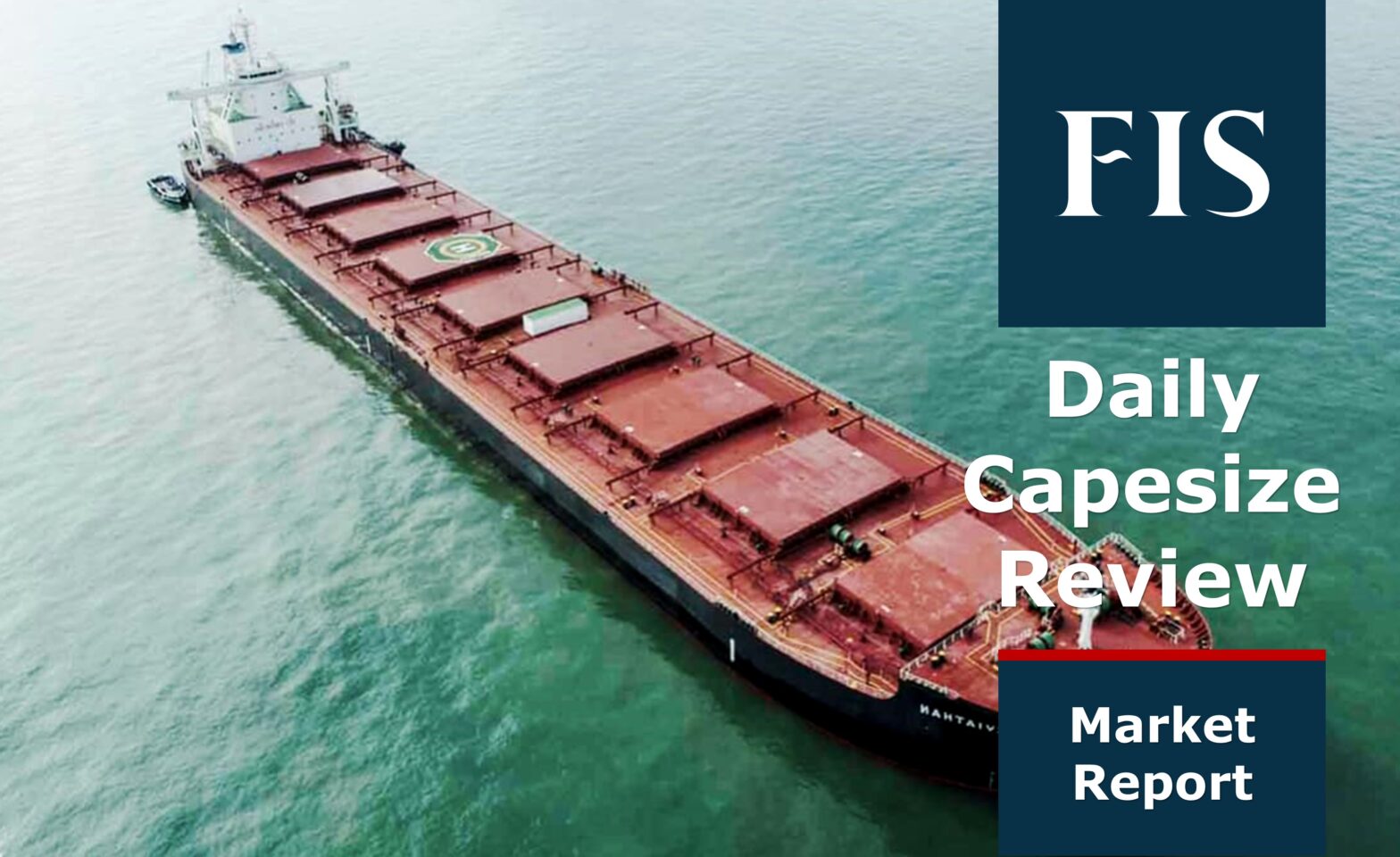Capesize freight rates extended bullish run, due to support of tighter tonnage with healthy demand from the Pacific market.
The Capesize 5 time charter average, then jumped by $312 day-on-day to $23,413 on Tuesday, despite some selloff in the market.
The Baltic Dry Index (BDI) however decreased slightly by $38 day-on-day, or down 1.39% day-on-day, to $2,689, due to softening freight rates.
Growing demand to move coal into Europe
Freight rates benefited from increased coal shipments into the European market from the Pacific basin, while iron ore shipments were improving as well.
However, there was some concerns over slowing Chinese iron ore demand after a new wave of coronavirus spread across the Chinese provinces and resulted in lockdown in major tech hub like the city of Shenzhen.
Some trade participants expected that the lockdowns may affect the port operations or even the closure of some Chinese ports if things got out of hand.
Despite the strong support from the Pacific market, the freight rates moved sluggishly in the Atlantic market due to vessel oversupply.
Bunker prices slid on crude correction
The bunker prices faced a series of corrections following the falling crude prices, as the price of VLSFO dropped by $71.50/mt to $828.50/mt in the port of Singapore.
The bunker price volatility was linked to recent movement in crude prices, as Russia-Ukraine negotiated for ceasefire, which eased the geopolitical tensions for a while with Brent crude prices falling under the $100 per barrel.
In the meantime, OPEC boosted oil output by 440,000 barrels per day to 28.47 million bpd in February, which was slightly about the average for the quarter, as the cartel planned for an increase production of 400,000 bpd previously.
